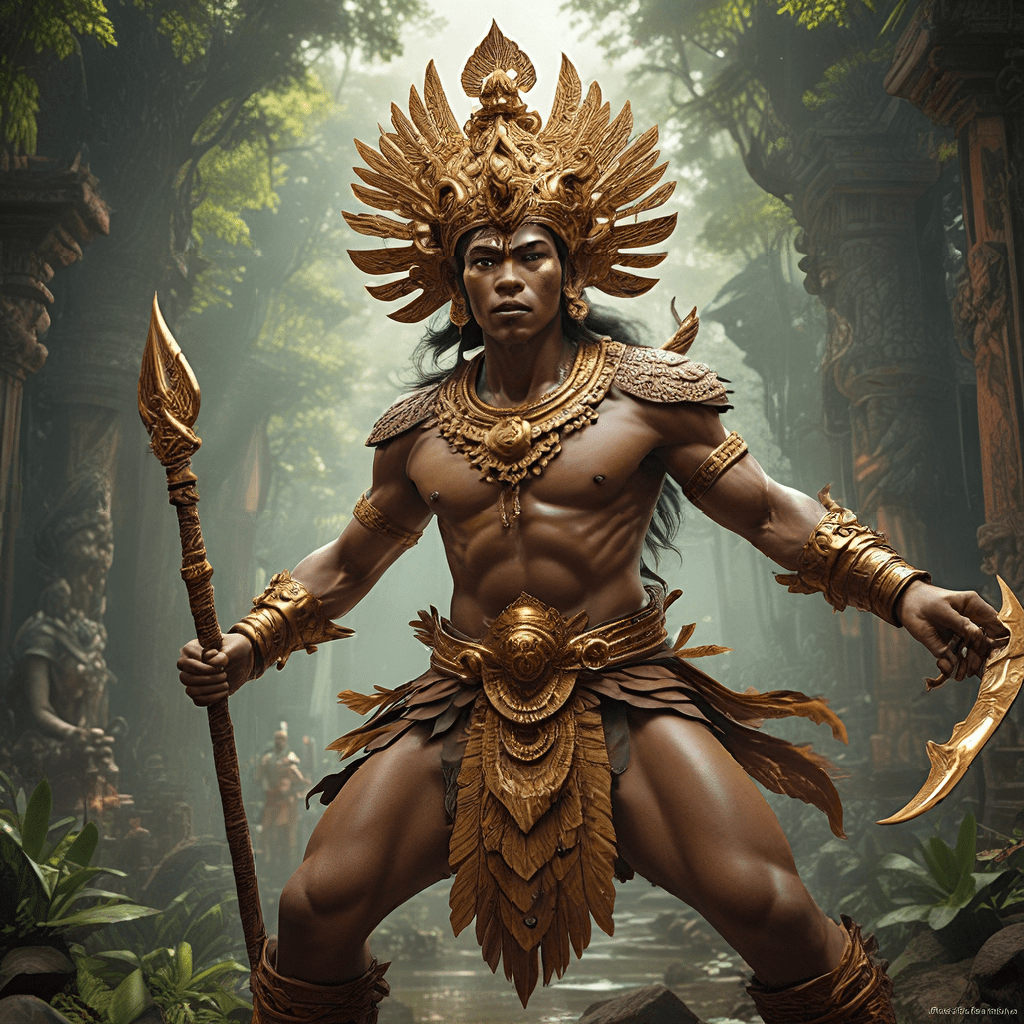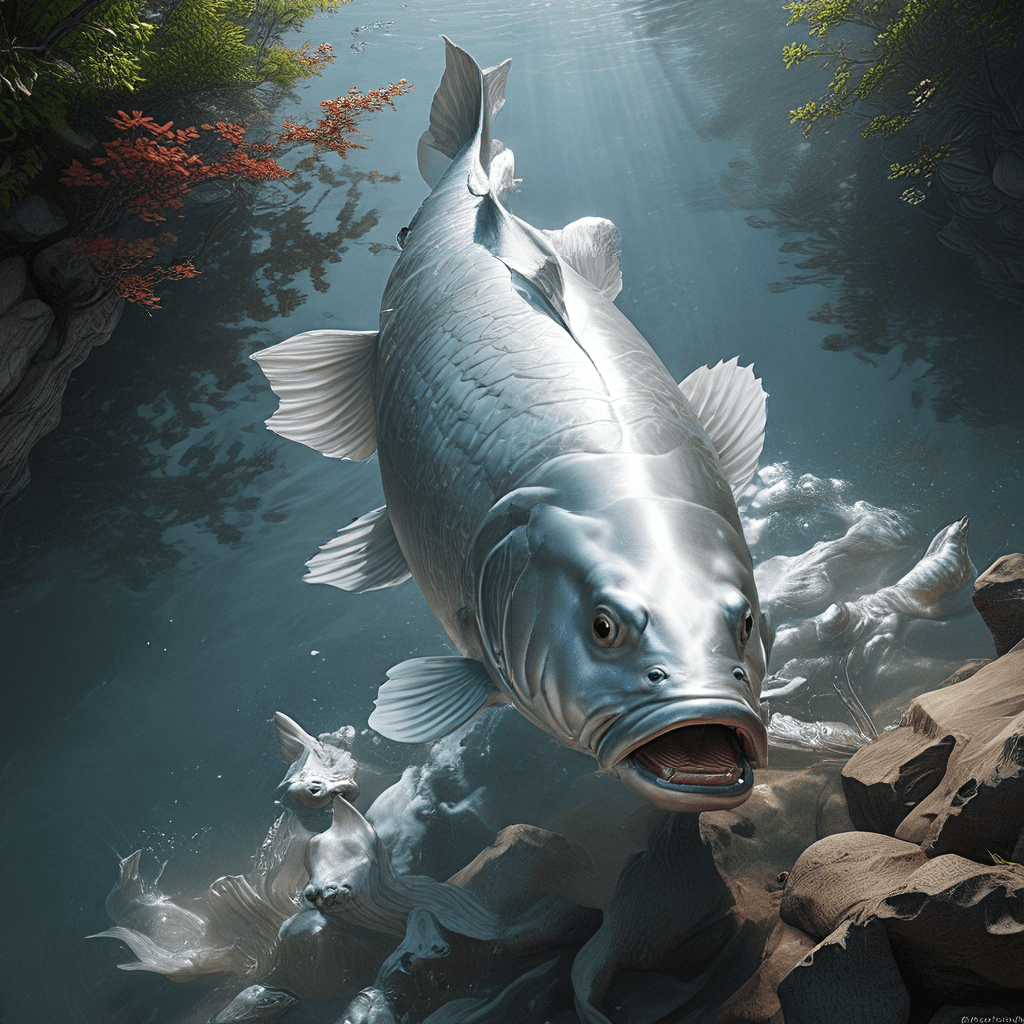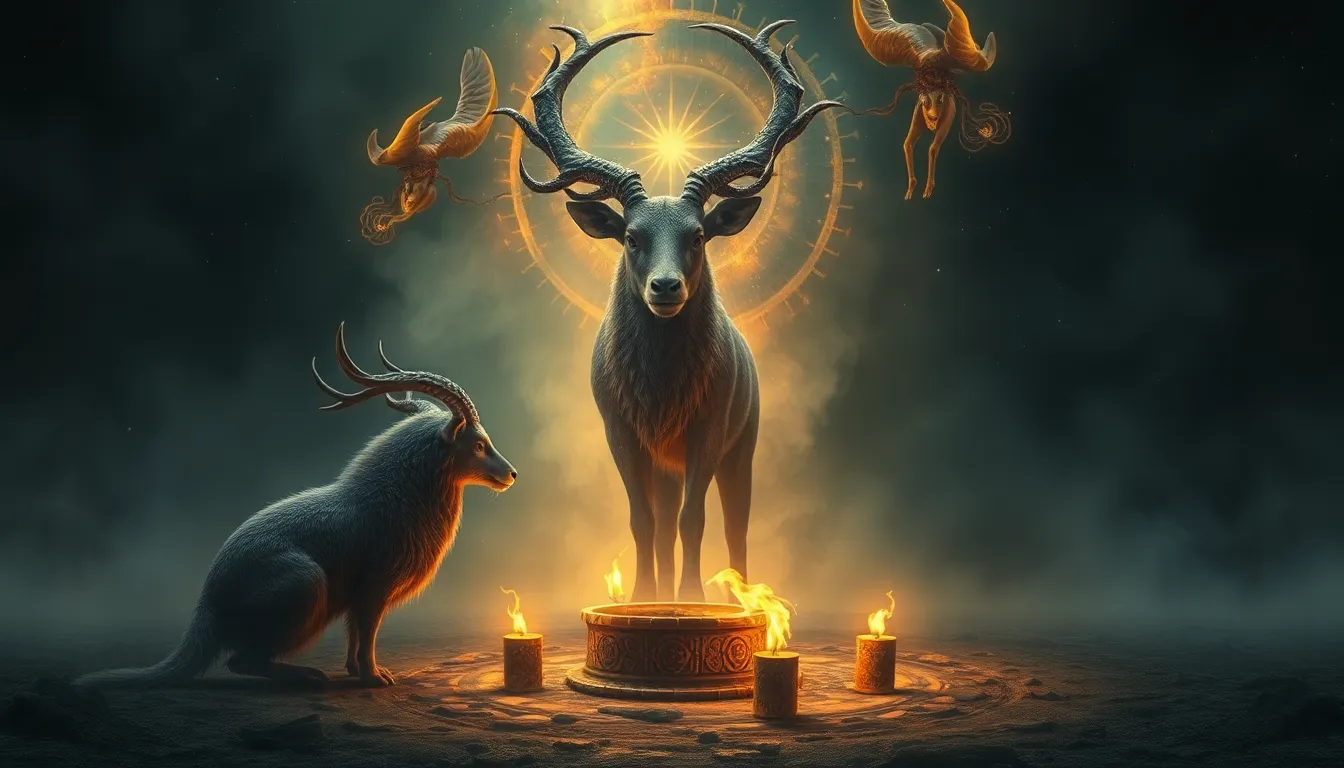Indonesian Mythology: A Tapestry of Ancient Beliefs
Indonesia, an archipelago nation in Southeast Asia, boasts a rich tapestry of ancient beliefs and myths that have shaped its culture and traditions for centuries. These stories, passed down through generations, offer a glimpse into the worldview of its people, their understanding of the natural world, and their relationship with the divine. Indonesian mythology is a vibrant and diverse collection of tales, each region possessing its own unique set of legends, deities, and spirits. From the awe-inspiring gods of Mount Merapi to the mischievous spirits that inhabit the forests, these stories reflect the complexities of human experience, encompassing creation myths, heroic tales, and cautionary fables.
Visual Storytelling: Depicting Legends Through Art
The stories of Indonesian mythology have long been woven into the fabric of its art, with artists using various mediums to capture the essence of these legends. This visual storytelling has served as a powerful tool for preserving and transmitting these beliefs across generations. Through sculptures, paintings, dance, and music, artists have brought these mythical figures and stories to life, allowing them to resonate with audiences long after the oral traditions were passed down. This art provides a powerful visual counterpart to the oral narratives, adding depth and richness to the understanding of these ancient beliefs. These visual representations are not simply illustrations but act as a bridge between the past and present, connecting people to their cultural heritage and the wisdom embedded within these timeless stories.
The Power of Myth in Indonesian Culture
Indonesian myths are not merely entertaining stories; they serve as a powerful force in shaping the cultural identity of the nation. These stories provide a moral compass, offering guidance on ethical behavior, social norms, and the proper way to interact with the natural world. The myths often serve as cautionary tales, highlighting the consequences of defying the gods or disrespecting the spirits. These stories also provide a sense of belonging and shared history, uniting people across different regions through a common set of beliefs and values. They offer a sense of continuity, reminding people of their ancestors and the enduring power of their traditions.
Mythological Figures: Gods, Goddesses, and Spirits
Indonesian mythology is populated by a diverse cast of characters, including gods, goddesses, spirits, and mythical creatures. Each region has its own pantheon of deities, each with specific roles and powers. The most prominent god in many regions is Batara Guru, the supreme ruler of the gods, often depicted as a powerful, benevolent figure. Other notable figures include Dewi Sri, the goddess of rice and agriculture, whose blessings are essential for a bountiful harvest. In addition to the major deities, Indonesian mythology is filled with a multitude of spirits that inhabit various aspects of the natural world. These spirits can be benevolent or malevolent, depending on how they are treated and appeased.
Ancient Rituals and the Role of Art
Throughout Indonesian history, art has played a crucial role in religious rituals and ceremonies. These rituals, often designed to honor the gods or appease the spirits, involved various forms of artistic expression. Dance, music, and elaborate costumes were used to communicate with the divine and to create an atmosphere of reverence and awe. Sculptures and paintings depicting deities and mythical creatures were often used as focal points for these rituals, serving as tangible representations of the spiritual realm. The use of art in ritual practices reinforced the connection between the physical and spiritual worlds, emphasizing the importance of maintaining harmony between humans and the divine.
The Art Forms: Sculpture, Painting, and Performance
Indonesian mythological art takes many forms, each expressing the rich culture and beliefs in a unique way.
Sculpture: One of the most prominent forms of Indonesian mythological art is sculpture. These sculptures are found throughout the archipelago, from the majestic stone statues of ancient temples to the intricate wooden carvings that adorn traditional houses. They depict gods, goddesses, spirits, and mythical creatures, often with elaborate details that reflect their power and importance in the local culture.
Painting: Another important form of visual storytelling is painting. Indonesian artists have used various mediums, including pigments from natural sources, to illustrate mythical tales on canvas, walls, and even bark cloth. These paintings often depict scenes from creation myths, heroic deeds, or cautionary fables, providing insights into the values and beliefs of the communities where they were created.
Performance: Performing arts such as dance, music, and shadow puppetry (wayang kulit) play a crucial role in bringing Indonesian mythology to life. These performances are not merely entertainment; they serve as a bridge between the spiritual and physical realms. Through elaborate costumes, rhythmic movements, and symbolic gestures, performers embody the essence of mythical figures and stories, allowing audiences to connect with the ancient beliefs and values they represent.
Symbolic Meanings and Interpretation
Indonesian mythological art is rich in symbolism, with each element carefully chosen to convey specific meanings and evoke certain emotions. Understanding these symbols is crucial for interpreting the art and gaining a deeper understanding of the underlying beliefs. For example, the colors used in paintings often have symbolic significance, with red representing strength and courage, while blue symbolizes peace and calmness.
- The garuda (mythical bird-like creature) symbolizes power, courage, and freedom, and is often depicted in both sculptures and painting.
- The snake represents wisdom, fertility, and the cycle of life and death.
- The crescent moon represents feminine energy and divine guidance.
By deciphering these symbols, viewers can gain valuable insights into the beliefs, values, and worldview of the artists and the communities they represented.
Influence of Regional Traditions
Indonesia's diverse geography and history have resulted in a wide range of regional traditions and artistic styles. Each region has its own unique set of myths, deities, and artistic expressions, reflecting the specific cultural influences and environmental factors of their location.
- For example, on the island of Bali, the art is heavily influenced by the Hindu religion and is characterized by intricate details, vibrant colors, and a focus on spiritual themes.
- In contrast, the art of the Dayak people on the island of Borneo is more naturalistic, with a strong emphasis on the importance of nature and the spirits that inhabit the forests.
This regional diversity adds a layer of complexity and richness to Indonesian mythological art, showcasing the unique cultural identities of each region.
Modern Interpretations of Indonesian Mythological Art
Indonesian mythological art is not confined to the past. Contemporary artists continue to draw inspiration from these ancient stories and beliefs, reinterpreting them in new and innovative ways.
- Some artists use traditional techniques and materials to create works that pay homage to the past, while others experiment with modern mediums and styles, creating contemporary interpretations of classic myths.
- These modern reinterpretations reflect the ongoing influence of Indonesian mythology on the nation's culture and identity, demonstrating the enduring power of these ancient stories in the face of globalization and modernization.
Preservation and Legacy of Indonesian Mythological Art
Preserving and promoting Indonesian mythological art is crucial for ensuring the survival of this vital cultural heritage.
- Museums and cultural institutions play a vital role in safeguarding these works, providing a platform for showcasing these treasures to both local and international audiences.
- Artists, scholars, and communities continue to work tirelessly to research, document, and disseminate these stories and artistic traditions, ensuring that they are passed down to future generations.
By understanding and appreciating Indonesian mythological art, we gain a deeper understanding of the rich tapestry of beliefs and stories that have shaped this vibrant culture. These stories provide a glimpse into the past, a sense of community, and a source of inspiration for the present and the future.
FAQ
What are some popular Indonesian mythical creatures?
Indonesian mythology features many mythical creatures, including the garuda (mythical bird), naga (serpent), buto (giant ogre), and jinn (spirits).
How is Indonesian mythological art used in everyday life?
Traditional art forms, such as batik (wax-resist dyeing), carving, and weaving, often incorporate mythical motifs and stories, reflecting the ongoing influence of mythology on daily life.
What are some notable museums that showcase Indonesian mythological art?
Museums that focus on Indonesian art include the National Museum of Indonesia in Jakarta, the Museum of Asian Art in San Francisco, and the British Museum in London.
Are there any modern artists who draw inspiration from Indonesian mythology?
Yes, contemporary artists such as Handiwirman Saputra, I Nyoman Gunarsa, and Christine Ay Tjoe incorporate themes and imagery from Indonesian mythology in their work.
How can I learn more about Indonesian mythology?
Read books, articles, and online resources that focus on Indonesian mythology. You can also visit museums and cultural institutions that showcase this rich heritage.



